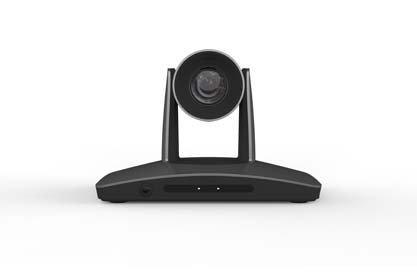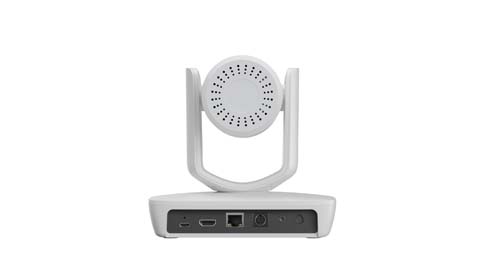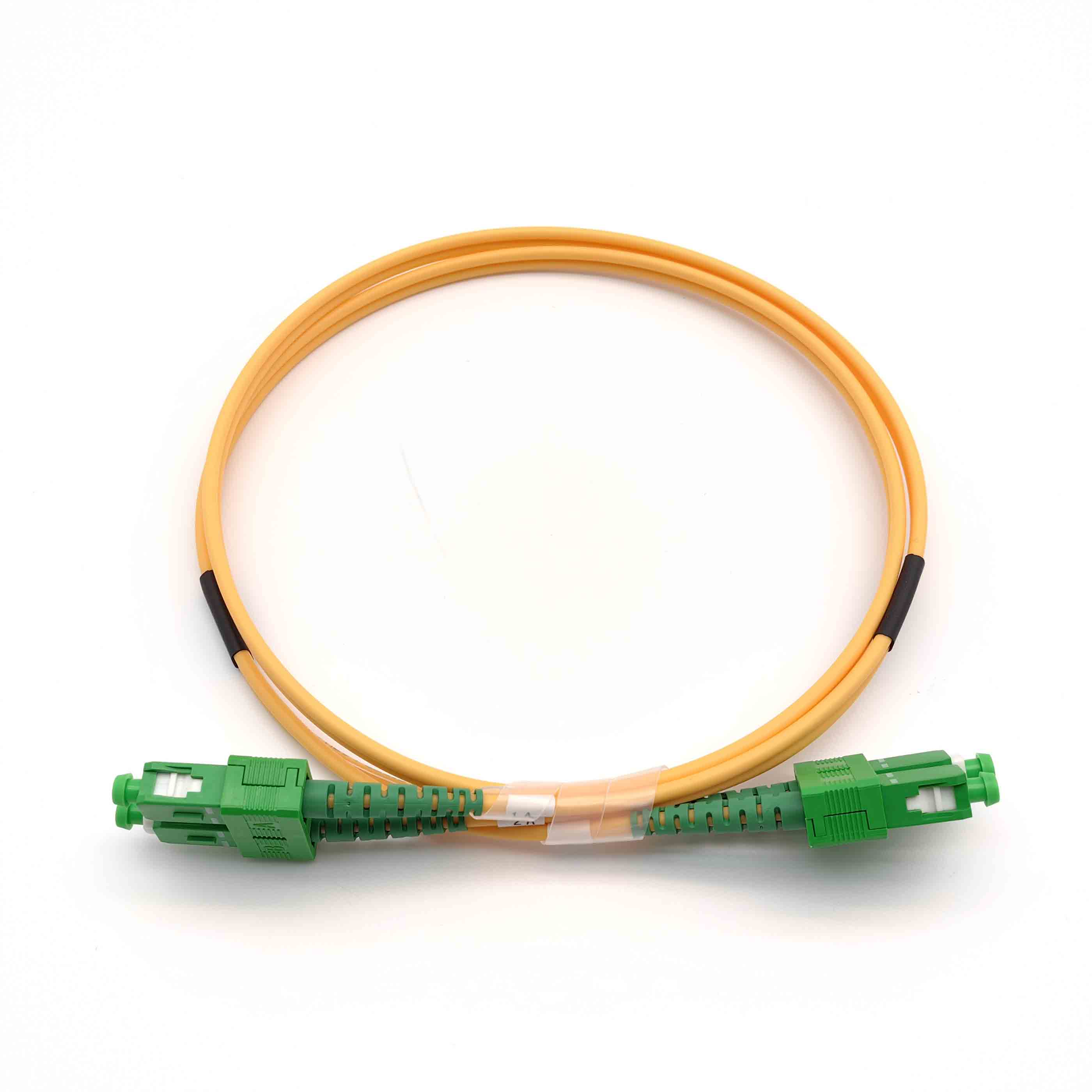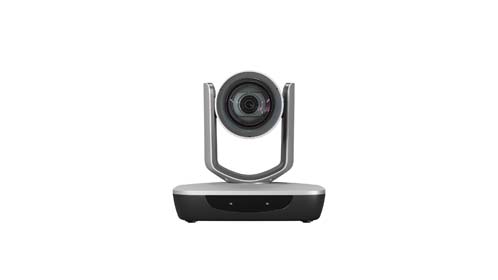The Future of Motion Control in Robotics- Trends and Innovations
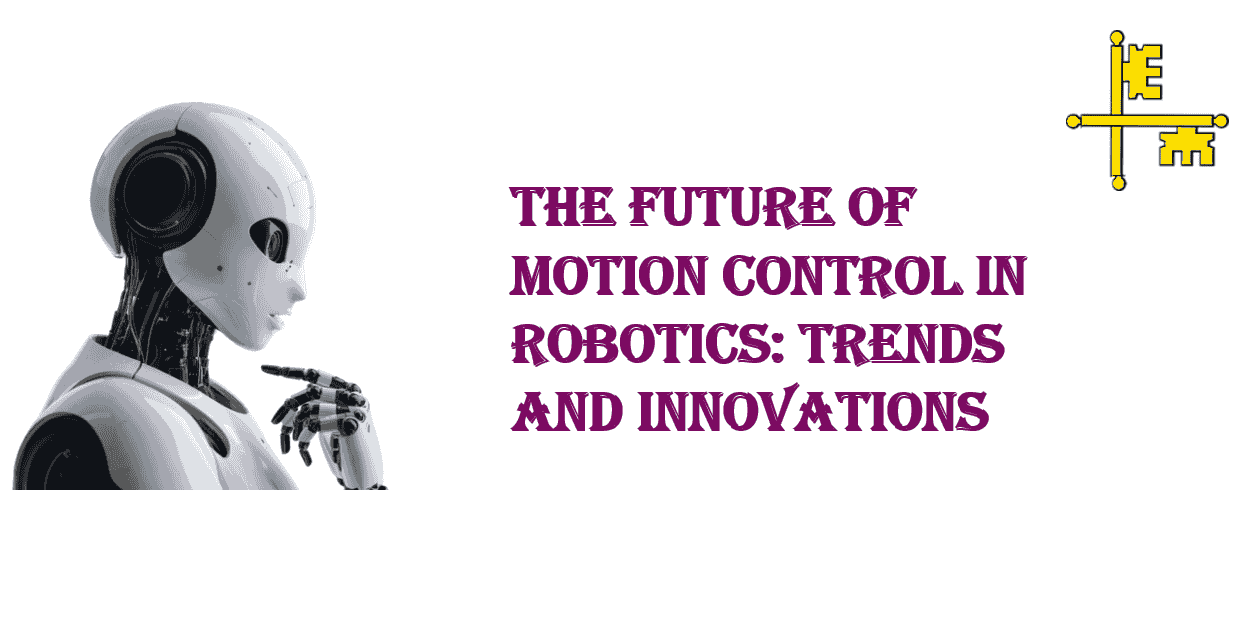
The Future of Motion Control in Robotics: Trends and Innovations
As robotics continues to evolve at an unprecedented pace, one of the key technologies driving this transformation is motion control for robotics. This technology, which enables robots to move with precision and efficiency, is integral to a wide array of applications, from manufacturing to healthcare. With advancements in hardware and software, the future of robotics motion control looks promising, offering new possibilities for automation and robotic tasks. In this article, we will explore the trends and innovations shaping the future of motion control in robotics.
Table of Contents
- Introduction
- The Growing Role of Motion Control in Robotics
- Key Trends in Motion Control for Robotics
- Innovations Driving the Future of Motion Control
- Conclusion
The Growing Role of Motion Control in Robotics
Motion control in robotics refers to the use of systems, such as motors, sensors, and controllers, to regulate the movement of robotic arms, legs, or wheels. These systems allow robots to perform intricate tasks, including picking, placing, assembling, and interacting with their environment.
The future of robotics motion control is heavily influenced by the need for higher precision, reliability, and adaptability. Whether in industrial automation, autonomous vehicles, or medical robots, these systems need to be smarter, faster, and more versatile than ever before.
Key Trends in Motion Control for Robotics
1. Integration of AI and Machine Learning
Artificial intelligence (AI) and machine learning (ML) are transforming many industries, and robotics is no exception. These technologies are becoming increasingly integrated into motion control systems to enable robots to learn from their environment and adapt to new tasks. AI-powered motion control allows robots to optimize their movements in real-time, improving efficiency and accuracy.
For example, AI algorithms can analyze sensor data to adjust the motion of a robot arm during assembly tasks, reducing errors and enhancing productivity. As AI continues to advance, robots will become more autonomous, capable of performing complex tasks without human intervention.
2. Advanced Robotics Gear Solutions
The foundation of motion control lies in the robotics gear solutions that enable precise movement. In the future, we can expect significant innovations in gears and drivetrains, including lighter, more energy-efficient, and durable designs. These new gear solutions will help robots achieve faster speeds, greater precision, and higher payload capacities.
One promising development is the use of harmonic drives, which offer high torque density in a compact design. These drives are particularly useful in applications where space is limited, such as surgical robots or drones. Additionally, innovations in gear systems that reduce friction and wear will help extend the lifespan of robotic components and reduce maintenance needs.
3. Collaborative Robots (Cobots)
Collaborative robots, or cobots, are designed to work alongside humans, offering increased flexibility and safety in various environments. Motion control is crucial in ensuring that cobots can operate safely and efficiently in close proximity to human workers. The future of motion control for robotics will focus on making these systems more intuitive and responsive, with advancements in real-time feedback and force sensing.
Cobots will continue to improve in terms of flexibility and ease of use, allowing operators with minimal robotics experience to configure and interact with robots. This trend will make motion control in robotics more accessible to small and medium-sized enterprises, fostering greater adoption of automation across industries.
4. Robotics in Autonomous Systems
Autonomous systems, such as self-driving cars and drones, rely on advanced motion control to navigate and interact with their surroundings. The integration of motion control with navigation and sensor systems allows autonomous robots to make real-time decisions and adapt to dynamic environments.
For example, autonomous delivery robots use motion control systems to avoid obstacles and adjust their paths in response to changing conditions. With improvements in sensor technology, including LIDAR, cameras, and GPS, these robots will become even more precise in their movements. As autonomous systems become more common, motion control will play an even greater role in ensuring their reliability and safety.
5. Wearable Robotics and Exoskeletons
Wearable robotics, such as exoskeletons, are revolutionizing fields like healthcare and rehabilitation. These devices rely heavily on motion control to assist individuals with mobility impairments or enhance physical capabilities. The future of robotics motion control in this domain will focus on making exoskeletons lighter, more comfortable, and more efficient.
Motion control innovations, such as soft robotics and adaptive control algorithms, will enable exoskeletons to better replicate natural human movement. These advancements will make exoskeletons more intuitive to use, reducing user fatigue and enhancing the overall user experience. Additionally, the integration of advanced sensors will allow these devices to adapt in real-time to the user’s movements, improving comfort and effectiveness.
Innovations Driving the Future of Motion Control
The future of motion control for robotics is also being shaped by breakthroughs in materials, sensors, and computational power. Let’s explore some of the most exciting innovations on the horizon:
1. Smart Materials and Actuators
Smart materials, such as shape-memory alloys and piezoelectric materials, are expected to play a significant role in the future of robotics motion control. These materials can change shape or properties in response to external stimuli, such as heat or electrical signals. By incorporating smart materials into robotic actuators, engineers can create more flexible and responsive robots.
For instance, robots that use shape-memory alloys can mimic human muscle movements, making them ideal for soft robotics applications. This would allow robots to handle delicate objects or perform tasks that require gentle manipulation, such as in medical surgery or fine assembly processes.
2. Energy Efficiency and Sustainability
As robots become more prevalent, there is an increasing emphasis on energy efficiency. Innovations in energy storage, power generation, and motion control will allow robots to operate longer on smaller battery sizes, reducing their environmental impact and cost of operation. More efficient energy use is especially important for mobile robots and autonomous vehicles that need to operate in the field for extended periods.
3. Distributed Control Systems
In the future, robots will increasingly rely on distributed control systems, where each component (such as a joint or actuator) is independently controlled, allowing for more complex movements and higher fault tolerance. These systems can communicate wirelessly, enabling robots to collaborate seamlessly in large groups or swarm robots in industrial environments.
Conclusion
The future of motion control in robotics holds exciting possibilities, from smarter AI-driven systems to innovative robotics gear solutions that enhance efficiency and flexibility. As technology advances, motion control will continue to be a critical enabler of robotics’ capabilities, making automation more accessible, cost-effective, and reliable across industries. Whether in manufacturing, healthcare, or autonomous systems, robotics motion control will lead the way toward a new era of intelligent automation.
By focusing on cutting-edge technologies such as AI, advanced robotics gear solutions, and energy-efficient designs, the next generation of motion control systems will significantly shape the landscape of robotics, pushing the boundaries of what robots can achieve.
Related Products
Here are some relevant statistics and facts to complement your article on The Future of Motion Control in Robotics:
1. Global Robotics Market Growth
- The global robotics market is projected to grow from $62.75 billion in 2021 to $189.36 billion by 2028, at a compound annual growth rate (CAGR) of 17.45%. This growth is largely driven by the increasing adoption of automation and the advancements in motion control systems in robotics.
(Source: Fortune Business Insights)
2. AI Integration in Robotics
- AI and machine learning are expected to increase the adoption of robotics by 35% by 2025, enhancing robots' ability to perform tasks autonomously and make real-time decisions, which directly impacts the effectiveness of motion control in robots.
(Source: McKinsey & Company)
3. Collaborative Robots (Cobots) Growth
- The cobot market is growing at a rapid pace. In 2020, the global cobot market was valued at approximately $1.6 billion, and it is projected to grow to $12.3 billion by 2028, driven by advancements in motion control and automation.
(Source: Grand View Research)
4. Harmonic Drive Advancements
- Harmonic drives, a key component in motion control for robotics, are gaining popularity due to their compact size and high torque density. These drives are used extensively in applications requiring high precision, such as medical robots and space exploration. The harmonic drive market is estimated to grow from $1.6 billion in 2021 to $3.2 billion by 2028.
(Source: Allied Market Research)
5. Autonomous Vehicle Market
- The autonomous vehicle market, which heavily relies on robotics motion control, is projected to reach $556.67 billion by 2026, growing at a CAGR of 39.47%. Motion control systems, integrated with sensors and navigation tools, are essential for ensuring the safety and efficiency of autonomous vehicles.
(Source: Fortune Business Insights)
6. Exoskeletons in Healthcare
- The exoskeleton market, which involves wearable robotics, is expected to grow from $0.52 billion in 2021 to $3.18 billion by 2030, at a CAGR of 23.34%. Innovations in motion control, including adaptive control algorithms, are crucial for improving the comfort and functionality of exoskeletons.
(Source: Grand View Research)
7. Energy Efficiency in Robotics
- As energy efficiency becomes a top priority, robotics systems are incorporating advanced power management technologies. By 2025, robotic automation in industries is expected to reduce energy consumption by 30-40%, thanks to innovations in energy-efficient motion control systems.
(Source: World Economic Forum)
8. Smart Materials and Actuators
- The market for smart materials in robotics, including piezoelectric actuators and shape-memory alloys, is expected to grow at a CAGR of 19.9% from 2023 to 2030. These materials contribute significantly to advancements in soft robotics, which rely on motion control systems to adapt and interact with delicate environments.
(Source: Market Research Future)
